Cities are on the move; everyone can feel the tension. Urban dynamism can be grabbed on the streets, in the gardens, in the squares, and in the urban variations revealed within the very structure of the city, thanks to the new experiments that groups of citizens are thinking and realizing (Seyfang and Smith, 2007).
Cities are by definition places of collaboration, sharing, and exchange (McLaren and Agyeman, 2015). They are multipliers of experiences, able to respond in a flexible and resilient way to the mutate economic, environmental, and social conditions (Mumford, 1961; Jacobs, 1970; Douglas, 2010), and people are their fuel. Thanks to the people, to the citizens and their bonds, the cities have grown, prospered, and changed through time (McLaren and Agyeman, 2015). Today, due to the economic crisis, and thanks to the mass diffusion of new technologies, we are making these bonds even bigger, and creating new opportunities (Komninos, 2013). In troubled times, people start questioning the models that move the system in which they live in, and the possibilities of overcoming in resilient and proactive ways the difficulties established by a capitalistic model perhaps in crisis or perhaps stronger and stronger. They consider how to extract value from what they possess reducing the impact on their surrounding environment even further, and hopefully saving some money (Botsman and Roger, 2010). They recognize the renovated power of sharing and collaboration, as engines of change and growth, as well as the values along with that. As citizens of this time, they face a life permeated by technology, which leads to a renovated sharing aptitude, amplifies the intrinsic potential of new collaborative impulses, and provides constant connections.
DATI BIBLIOGRAFICI
Autore: Monica Bernardi
Editore: Ledizioni
Pubblicato in: Dicembre 2017
Formato: brossura, 236 p. – PDF in Open Access
ISBN: 9788867056569
Prezzo: 20 €


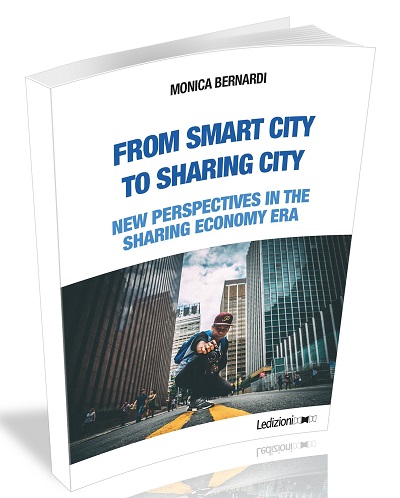
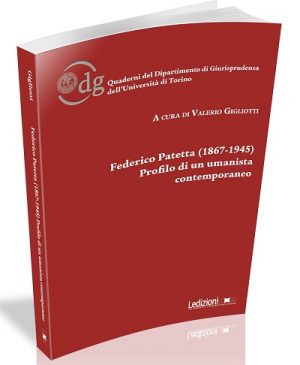
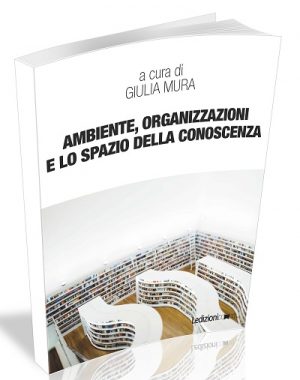

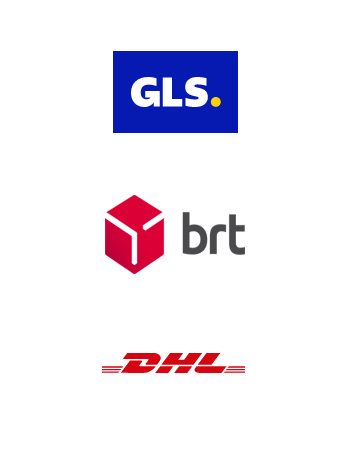
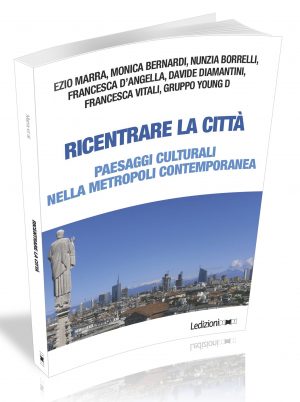
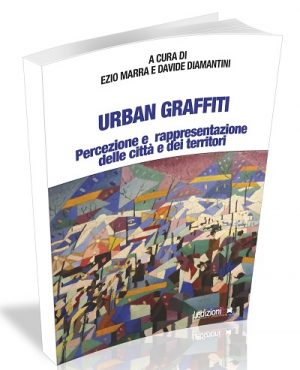
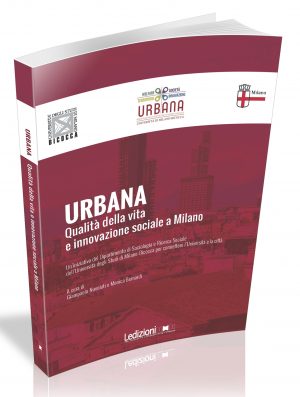

Recensioni
Ancora non ci sono recensioni.